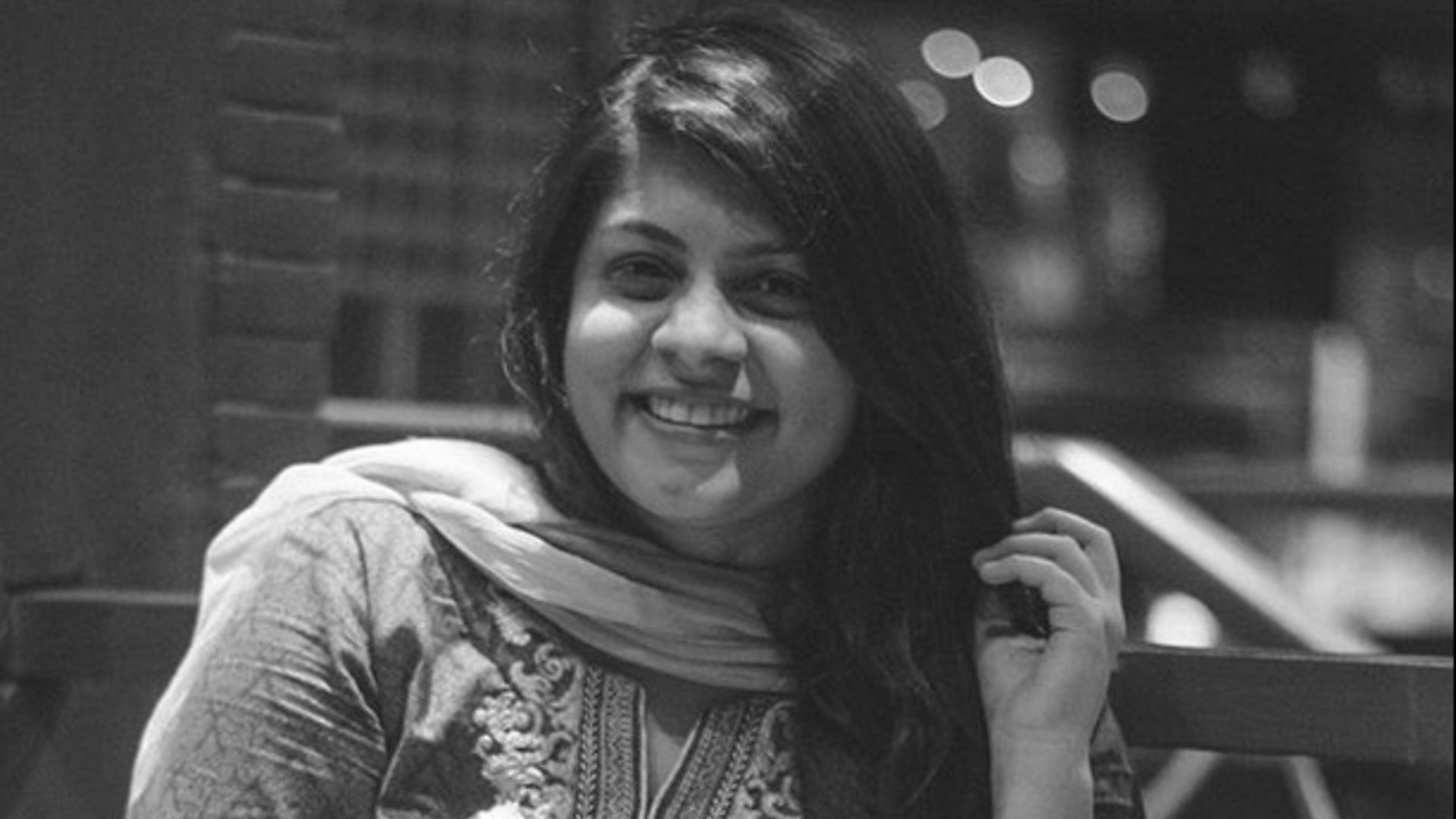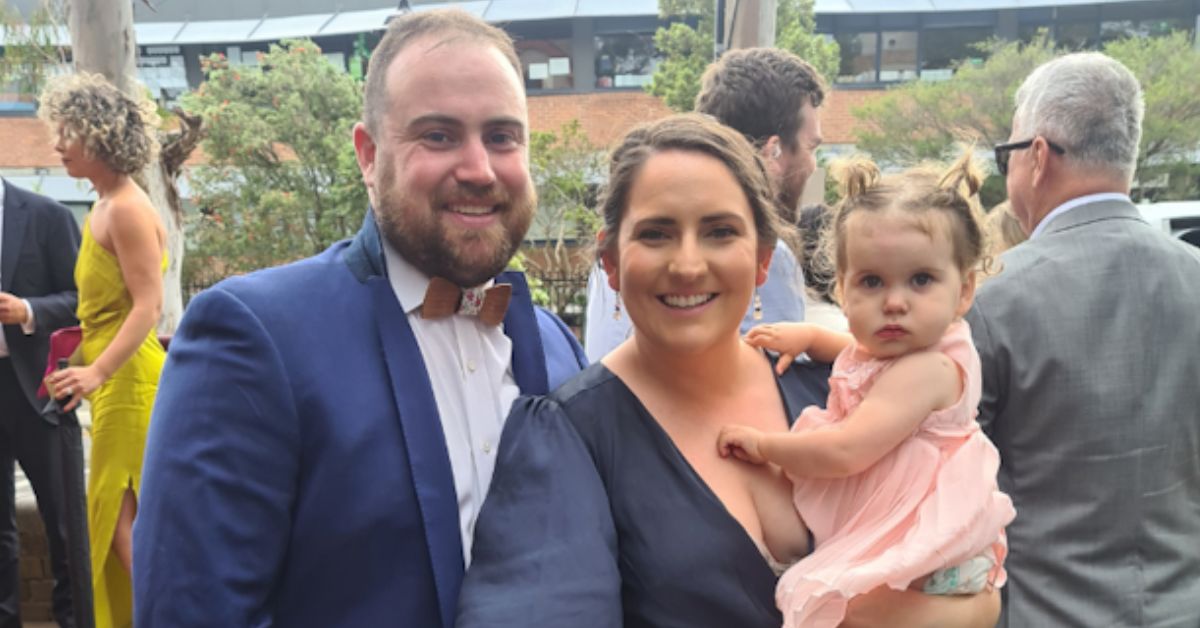Last week, the Council of Islamic Ideology (CII) in Pakistan submitted a report recommending a law be passed allowing husbands to use violence against their wives if needed. The Chairman of the CII, Muhammad Kahn Sherani, said a “light beating” should be a last resort.
“A husband should be allowed to lightly beat his wife if she defies his commands and refuses to dress up as per his desires; turns down demand of intercourse without any religious excuse or does not take bath after intercourse or menstrual periods,” the report states, as reported by the Washington Post.
In the same week, former Stanford student and sexual assault victim “Emily Doe’s” victim impact statement also went viral. The student was found guilty of sexually assaulting the unconscious victim on the ground behind a dumpster on Stanford campus. While prosecutors had sought 6 years, the assaulter was sentenced to just 6 months’ prison, which will most likely be reduced to 3 months for good behaviour and is required to register as a sex offender for the rest of his life.
Each story is deeply disturbing and upsetting and highlights how violence against women continues to manifest in all corners of the globe. The root cause is of course gender inequality, and outdated gendered stereotypes that continue to produce power imbalances and cultures of entitlement and privilege. And it’s happening in Australia too…
What Does Violence Against Women Look Like in 2016?
In our communities, 1 in 4 Australian women have experienced violence at the hands of an intimate partner. The ANROWS Compass Report released in October 2015 revealed 400,000 women reported experiencing violence while pregnant, and more than 500,000 women reported that their children had witnessed their assaults. Cultures of gendered abuse by those with privilege continue to thrive within Australian workplaces, too, evidenced by a series of reports over the past 4 years:- In 2015, the Royal Australasian College of Surgeons revealed a quarter of all surgeons reported they had experienced bullying, discrimination or sexual harassment, usually at the hands of a male consultant.
- In 2012, The Working Without Fear: Results of the Sexual Harassment National Telephone Survey revealed that just over one in five people aged 15 years and older has experienced sexual harassment in the workplace based on the legal and behavioural definitions of sexual harassment;
- The 2014 Supporting Working Parents Report revealed one in two women experienced pregnancy related discrimination either while pregnant, on maternity leave or on return to work;
- The 2013 Law Council Australia National Attrition and Re-engagement Study which found that one in two women report experiencing discrimination due to their gender, and one in four has experienced sexual harassment in the workplace.




